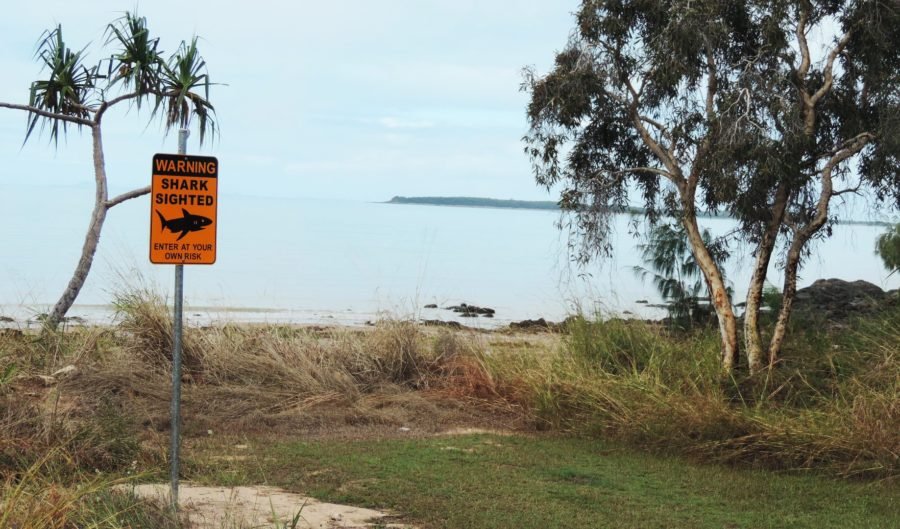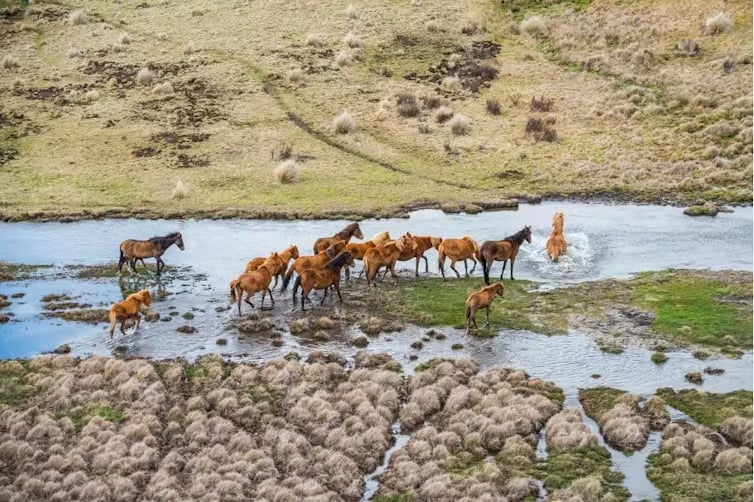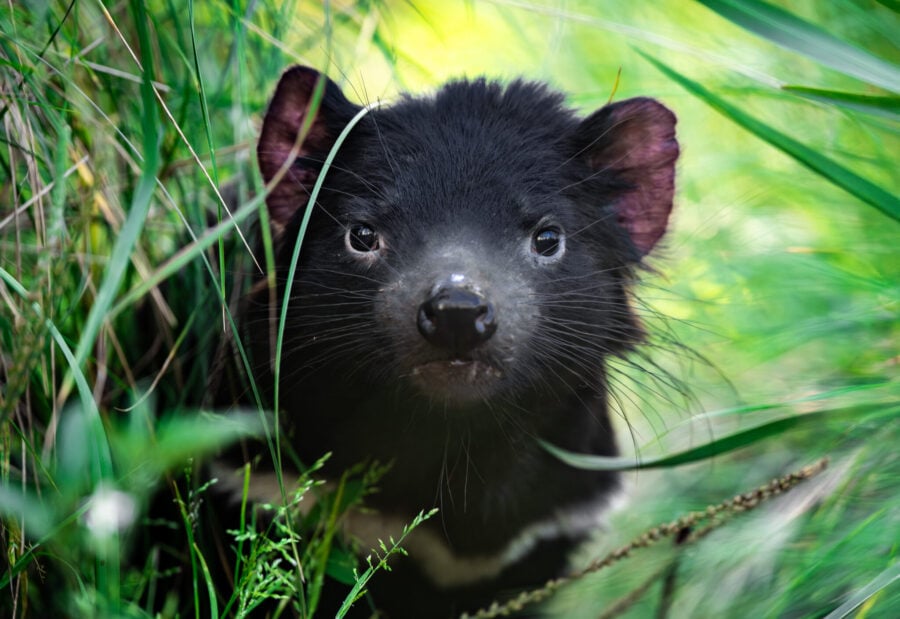The truth behind the Whitsundays shark encounters

ON WEDNESDAY, 19 September a Tasmanian tourist was bitten by a shark in Cid Harbour at Whitsunday Island off the coast of central Queensland. Then, just hours later, a 13-year-old girl was bitten in the same location. In response to the encounters, Queensland Fisheries erected drum lines where six sharks were caught and shot.
“The situation that two people got bitten within 24 hours is very unusual,” says Barbara Wueringer, a zoologist and founder of Sharks and Rays Australia, a Queensland-based research organisation. “Something out of the ordinary must have attracted the sharks to the area and at the same time stimulated them to bite potential prey that looks nothing like their normal prey.”
The circumstances surrounding the attacks remain hazy. “I still haven’t seen any detail,” says shark expert Blake Chapman, author of Shark Attacks. “We don’t know how long these people were in the water following the bite, which would give an indication of the animals motivation, and we still don’t even know what species of shark was responsible in either case.”
Daryl McPhee, an expert in unprovoked shark bites from Bond University, was equally perplexed by the second bite. “It [the second bite] was entirely avoidable, but clearly people weren’t properly informed,” he says. All three experts have come to expect negative media attention after shark-human interaction, but Blake says this reportage was by far the worst.
“This is a perfect example of what not to do. Everything that could go wrong in terms of media reporting happened in that situation. Local reports became global, and that will undoubtedly be blamed for an impact on tourism, exacerbating the situation.”
No swim zone
Blake was particularly perplexed that the initial reportage on the shark encounters failed to include detail around the locality. While clearly a tourist destination for yachting, it seems that typical recreational activities in the area were not consistent with what was suggested by media reports. Additionally, many of the articles written about the event included images of popular tourist destinations of the Whitsundays where the attack did not take place.
“I personally assumed based on the reportage that it was a great place for snorkelling, but it sounds like that’s not the case at all. They made it sound like where she was snorkelling was perfect for those kind of water-based activities, but it wasn’t.”
In her research of the situation, Barbara came across some videos on social media where guests on privately chartered yachts were hanging large chunks of bait overboard and successfully attracting tiger sharks to their boats. “Their holiday fun actually conditions the sharks to associate yachts with food,” she says.
Additionally, she found that a local fisherman in the area had reported that there were unusually high numbers of juvenile sharks near the Whitsundays coast line at the time. “According to the fisher, larger sharks started taking small sharks out of his nets before he could pull them in,” so the presence of shark in that particular spot was well known.
Girl, 12, is second shark attack victim in 24 hours in Australia's Whitsunday Islands https://t.co/lXHDDE2Si1
— Sky News (@SkyNews) September 20, 2018
Local knowledge
Blake was also concerned that almost none of the reportage included the perspective of locals. “There was an open letter to the Queensland premier from a local arguing against lethal mitigation, like drum lines, when educational signs and communication from tourism operators would be far more appropriate. The locals already knew not to swim there.”
In the open letter, local woman Kellie Leonard asked that Queensland Premier Annastacia Palaszczuk visit Cid Harbour to get a better understanding of the area. “Commercial live-aboard vessels and day tour operators never visit Cid Harbour because it is well known as being not a good swimming area and is no good for snorkelling or diving,” she wrote.
“It would be a lot easier to advise tourists not to swim in the areas with mud bottoms, rather than scaring people by seeing sharks getting caught on drum lines, in what will always be a sharky area.” She added that sharks play an important role in the ocean’s ecosystem and that rather than killing them, Cid Harbour should be made a no swim zone.
The impact of negative reporting
The responses to shark bites like those that occurred in the Whitsundays are swift. Just days after the bites happened, drum lines were erected and six tiger sharks were trapped and shot. Barbara says this is because the public outrage in response to news articles is so strong.
“Tiger sharks can move thousands of kilometres, and the chance of the animals hanging around are slim,” Barbara says. “The spokespersons themselves said that so far there is no indication that the animals responsible for the bites have been caught, as no human tissue was found in their stomachs or jaws. However, we still don’t even know if the sharks responsible for the bites were even tiger sharks.”
In Queensland, mitigation tactics are the “worst of the worst”, according to Blake. “Nets and drumlines are really terrible methods and are usually erected because of public outcry. In Queensland we rarely have shark bites, so the situation is generally out-of-sight, out-of-mind. As a result, there has been little public pressure on the government to change the antiquated measures that have been in operation since the 1960s, despite the fact that newer technology is available. We just aren’t having the same conversations that New South Wales and Western Australia are having.”
Education is key
When asked what the best alternative approach would be for avoiding fatal and near-fatal shark encounters, all three shark experts agreed that education was key. “Providing materials to educate people about the potential dangers of sharks or other wildlife is up to the governments, but it is also up to people to educate themselves about potential hazards present in wild environments,” Barbara says.
Education, Blake says, is also what people are asking for. “They want shark safe apps, they want to know how they can minimise risk, what time of year is the safest to swim and where it’s safest to swim.”
As for the reportage of shark bites, Blake says to avoid sensationalism and speculation. “Admit that some details are unknown, don’t speculate. These stories are important for awareness but we can leave the sensationalism and speculation behind.”




